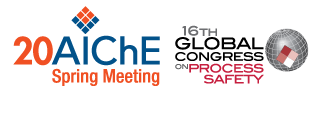

The PSM Standard, 29 CFR 1910.119, stipulates six methods as potentially appropriate for PHAs. Some are more appropriate than other in certain circumstances; some are rarely, if ever, appropriate. The method that is most commonly used and is often the most appropriate method is the Hazard and Operability Review, the HazOp.
There are almost as many “best†ways to do HazOps as there are facilitators leading them. What they all have in common, however, is that they use worksheets that are set up as tables that look at deviations in a node. For each deviation, a HazOp team considers “Causesâ€, “Consequencesâ€, “Safeguardsâ€, “Severityâ€, “Likelihoodâ€, and “Recommendationsâ€, the headings of the table in a HazOp worksheet.
One of the jobs of a HazOp facilitator is to explain to team members that are new to HazOps what each heading means. Another job is to explain to experienced team members what each heading means, just in case they’ve picked up some bad habits.
Over the years, a set of questions has developed that are usually very helpful in helping team members understand their role in the HazOp, which is answering these seven questions.
Presenter(s)
Language
Pricing
Individuals
| AIChE Member Credits | 0.5 |
| AIChE Pro Members | $19.00 |
| AIChE Graduate Student Members | Free |
| AIChE Undergraduate Student Members | Free |
| RAPID Members | Free |
| AIChE Explorer Members | $29.00 |
| Non-Members | $29.00 |
